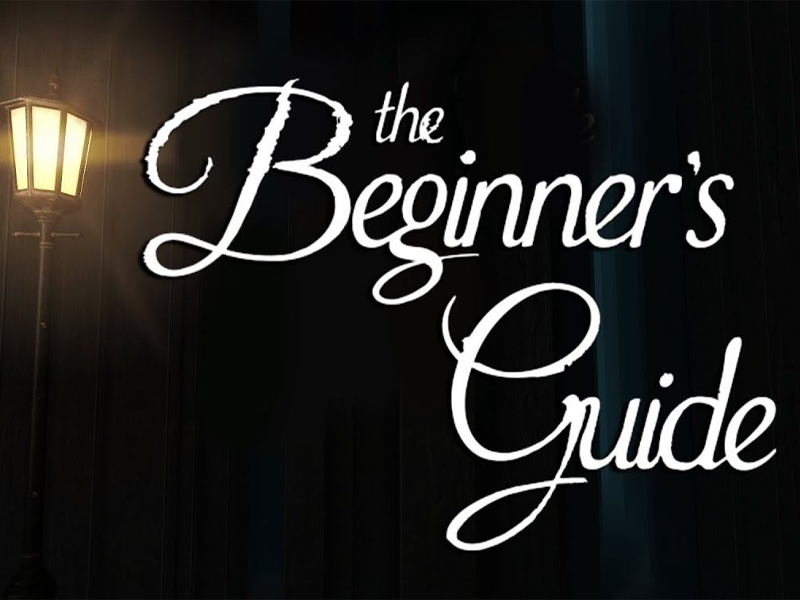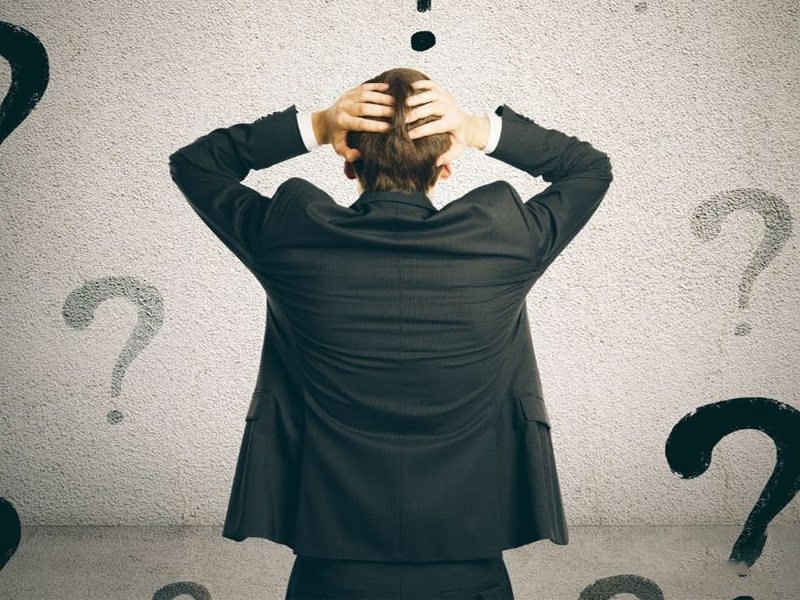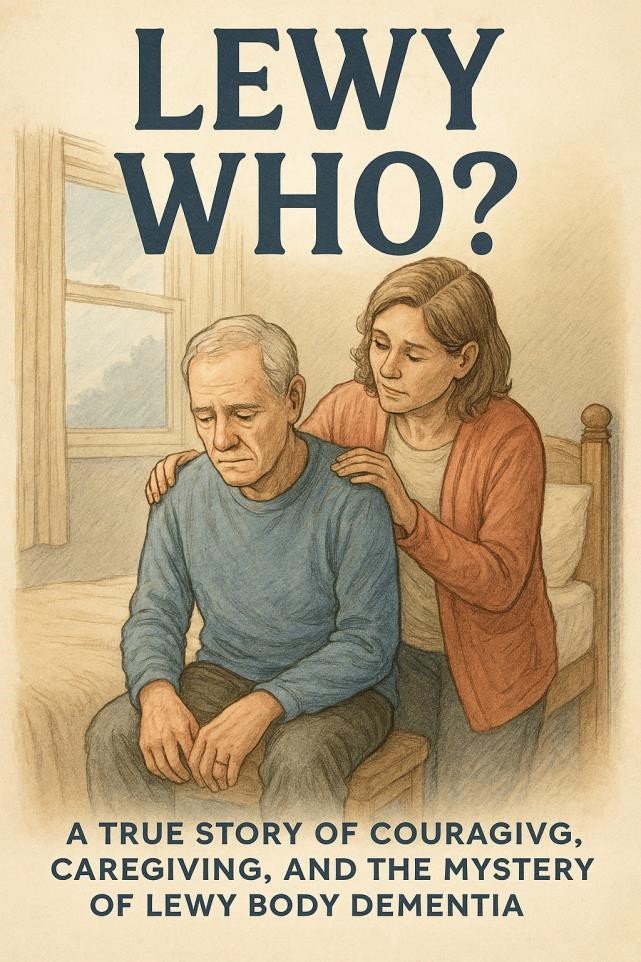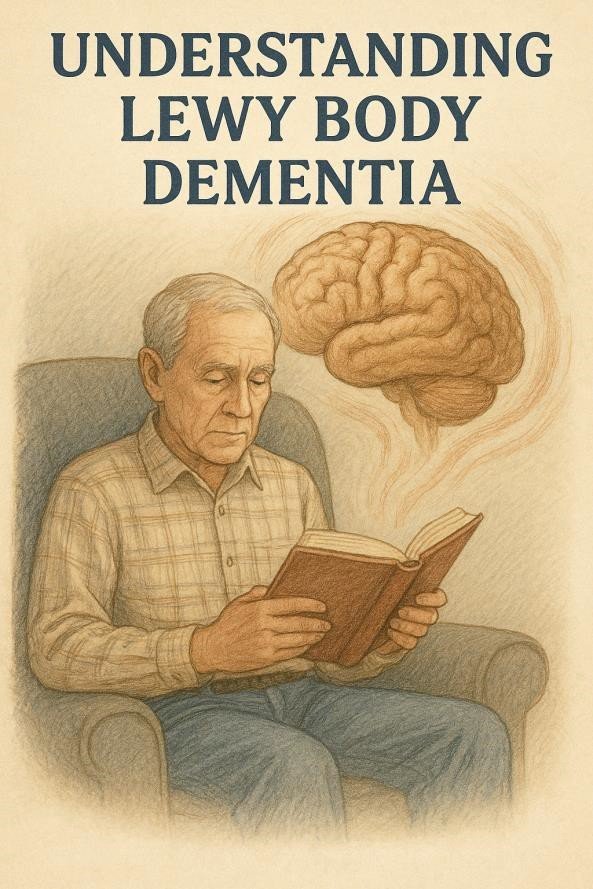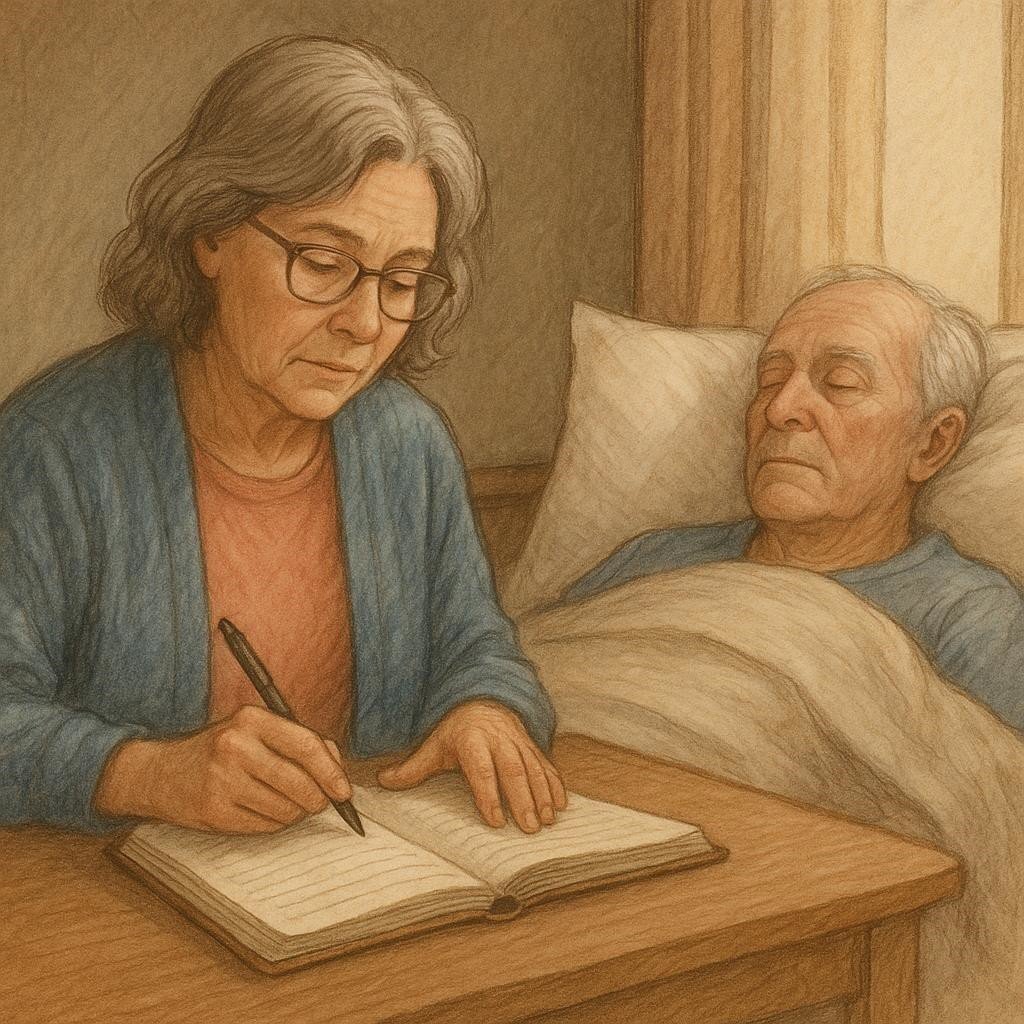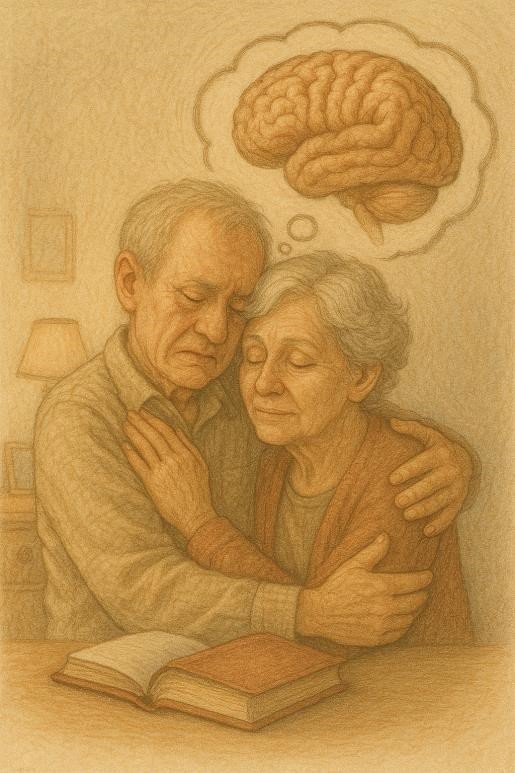Lewy Body Dementia (LBD) is a brain disease that slowly damages memory, movement, and thinking. It happens when clumps of protein (called Lewy bodies) build up in the brain. These clumps hurt parts of the brain that control how we think, move, and even see things.
LBD is not as famous as Alzheimer’s, but it’s the second most common type of dementia. Over 1 million people in the U.S. have it, but many don’t know because doctors often misdiagnose it.
What Does LBD Look Like?
LBD affects people differently, but here are the most common signs:
Seeing Things That Aren’t Real (Hallucinations)
Your grandparent might wave at an empty chair or talk to someone who isn’t there. These hallucinations are often vivid and scary for the person. They might see animals, people, or even bugs crawling on walls.
Movement Problems
Stiff muscles, shaky hands, or trouble walking (like Parkinson’s disease). They might fall often, drop things easily, or shuffle their feet.
Good Days and Bad Days
Some days, they might seem normal. Other days, they forget names, get lost in their own home, or act paranoid. Mood swings are common, like you will see them happy one minute, angry or scared the next.
Sleep Troubles
They might kick, yell, or thrash in bed while dreaming. Some even act out violent dreams, which can be dangerous.
How Is LBD Different From Alzheimer’s?
- Alzheimer’s: Starts with memory loss (forgetting names, dates).
- LBD: Starts with movement issues or hallucinations.
- Medicines: Some drugs used for Alzheimer’s can make LBD worse.
- Fluctuating Symptoms: LBD patients have good days and bad days. Alzheimer’s symptoms get steadily worse.
Why Is LBD Hard to Diagnose?
It Masks as Other Diseases
Doctors often mistake it for Alzheimer’s or Parkinson’s. For example, shaking hands might look like Parkinson’s, but it’s actually LBD.
No Simple Test
There’s no blood test or scan to confirm LBD. Doctors guess based on symptoms. Families often notice small changes first, like forgetting how to use a phone or staring at walls.
Hallucinations Confuse Doctors
Many doctors don’t know that hallucinations are a key sign of LBD.
How to Help Someone With LBD
Stay Calm During Hallucinations
Don’t argue. Say, “I don’t see it, but I know it’s real for you.” Distract them with music, a snack, or a walk outside.
Make the Home Safe
Remove rugs, add nightlights, and lock up knives or sharp objects. Label doors (like “Bathroom” or “Kitchen”) to reduce confusion.
Stick to a Routine
Same wake-up time, meals, and bedtime every day. Surprises or changes can make them anxious.
Take Care of Yourself
Caregiving is exhausting. Ask family for help or join a support group. Even 10 minutes of quiet time daily can help you recharge.
Is There Hope?
There’s no cure, but these things can help:
- Medicines: Some drugs reduce hallucinations or stiffness.
- Therapy: Physical therapy improves balance and reduces falls, and speech therapy helps with talking and swallowing.
- Support Groups: Connect with others who understand LBD.
- Art and Music: Simple activities like painting or listening to songs can calm the mind.
Final Thoughts
LBD is tough, but you’re not alone. Learn about the disease, ask questions, and take breaks when you need them. Love and patience matter most.
